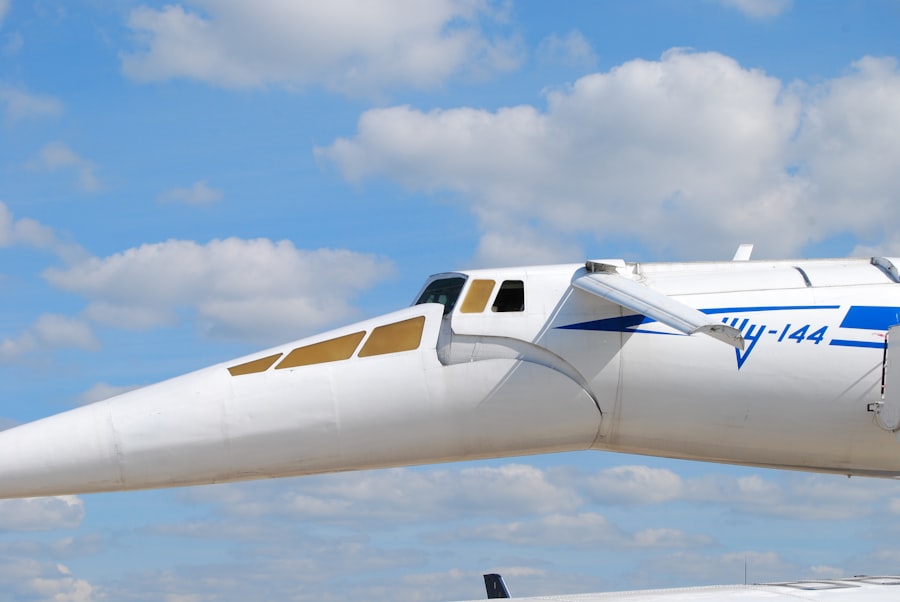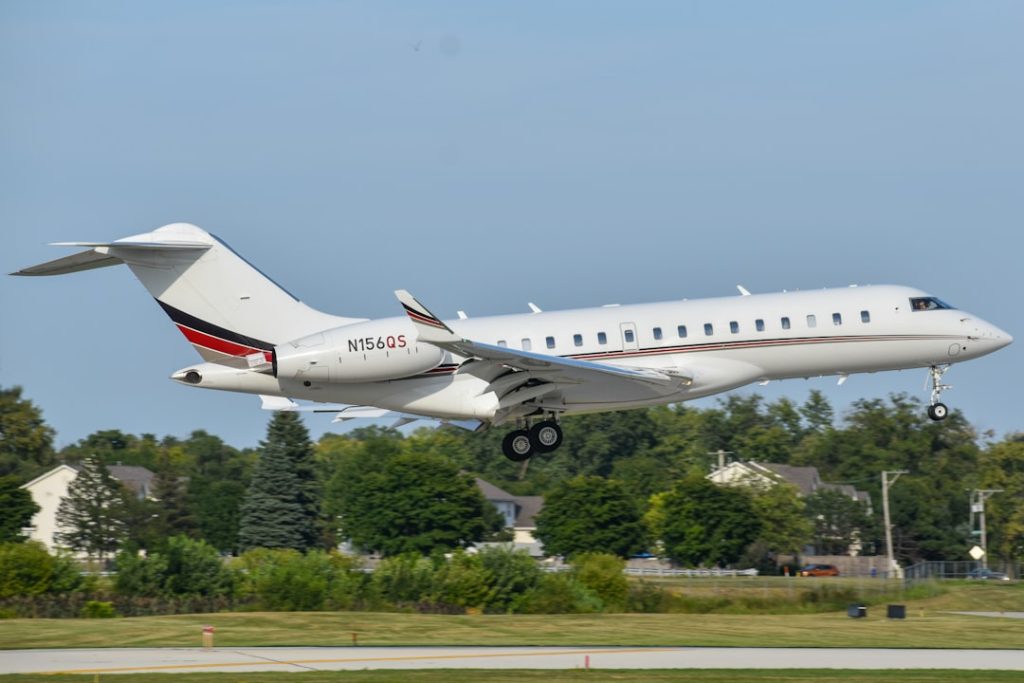Gulfstream Aerospace Corporation, a prominent name in the aviation industry, has a rich history that dates back to the late 1950s. Founded in 1958 by a group of aviation enthusiasts led by Allen Paulson, the company initially focused on producing the Gulfstream I, a twin-engine turboprop aircraft. This aircraft was revolutionary for its time, designed primarily for business travel and featuring a spacious cabin that could accommodate up to eight passengers.
The Gulfstream I set the stage for the company’s future endeavors, establishing a reputation for quality and innovation that would become synonymous with the Gulfstream brand. As the years progressed, Gulfstream continued to evolve, introducing a series of aircraft that would redefine business aviation. In 1966, the company was acquired by Grumman Aerospace Corporation, which provided additional resources and expertise.
This acquisition marked a significant turning point, allowing Gulfstream to expand its product line and enhance its engineering capabilities. The introduction of the Gulfstream II in 1966 further solidified the company’s position in the market, as it was one of the first business jets to offer transcontinental range and advanced avionics. This aircraft not only catered to the needs of corporate executives but also attracted government and military clients, paving the way for Gulfstream’s future success.
Key Takeaways
- Gulfstream Aerospace Corporation was founded in 1958 by Allen Paulson and has since become a leading manufacturer of business jets.
- Gulfstream has made significant contributions to the aviation industry, including the development of the first purpose-built business aircraft, the Gulfstream I.
- The company has had a major impact on business and private aviation, offering luxurious and high-performance aircraft for corporate and personal use.
- Gulfstream has also played a significant role in military and government aviation, with its aircraft being used for various missions and operations.
- Over the years, Gulfstream has evolved its aircraft to incorporate advanced technology, improved performance, and enhanced comfort for passengers.
Innovations and Contributions to the Aviation Industry
Gulfstream Aerospace has consistently been at the forefront of innovation within the aviation sector. One of its most notable contributions is the development of advanced aerodynamics and materials that enhance aircraft performance. The introduction of composite materials in aircraft construction has allowed Gulfstream to produce lighter, more fuel-efficient jets.
For instance, the Gulfstream G650, which entered service in 2012, features a wing design that optimizes lift and drag, enabling it to achieve impressive speeds and long-range capabilities. This focus on aerodynamics not only improves fuel efficiency but also enhances passenger comfort by reducing cabin noise levels. In addition to advancements in materials and design, Gulfstream has made significant strides in avionics technology.
The company has integrated cutting-edge flight deck systems that enhance safety and operational efficiency. The PlaneView II cockpit, found in models like the G650 and G500, incorporates touchscreen displays and advanced flight management systems that streamline pilot operations. These innovations not only improve situational awareness for pilots but also contribute to overall flight safety.
Gulfstream’s commitment to research and development has positioned it as a leader in business aviation technology, influencing industry standards and practices.
Impact on Business and Private Aviation

The impact of Gulfstream Aerospace on business and private aviation cannot be overstated. The company’s aircraft have become synonymous with luxury and efficiency, catering to high-profile clients who demand both performance and comfort. Gulfstream jets are often seen as status symbols among corporate executives and affluent individuals, representing a level of prestige that is hard to match.
The spacious interiors, customizable features, and state-of-the-art amenities make these aircraft ideal for long-distance travel, allowing passengers to conduct business meetings or relax in style while en route to their destinations. Moreover, Gulfstream’s influence extends beyond just providing transportation; it has transformed how businesses operate globally. The ability to travel quickly and efficiently has enabled companies to expand their reach and engage with clients across continents.
For instance, a corporate executive can leave New York in the morning and arrive in London for an afternoon meeting, all while enjoying the comforts of a private jet. This level of accessibility has revolutionized business practices, allowing for greater flexibility and responsiveness in an increasingly competitive marketplace.
Gulfstream’s Influence on Military and Government Aviation
| Aspect | Impact |
|---|---|
| Aircraft | Gulfstream produces various military and government aircraft, such as the C-20, C-37, and C-40, which are used for executive transport and special missions. |
| Technology | Gulfstream’s advancements in aerodynamics, avionics, and materials have influenced military and government aviation technology. |
| Global Reach | Gulfstream’s aircraft are used by military and government organizations around the world, contributing to global aviation capabilities. |
| Support | Gulfstream provides maintenance, repair, and training services to military and government customers, ensuring operational readiness. |
Gulfstream’s contributions are not limited to the private sector; the company has also made significant strides in military and government aviation. The versatility of Gulfstream aircraft has made them ideal for various governmental applications, including transport for heads of state, surveillance missions, and medical evacuation operations. The Gulfstream G550, for example, has been adapted for use as an airborne early warning and control platform by several military forces around the world.
Its advanced radar systems and long-range capabilities make it an invaluable asset for national defense. Additionally, Gulfstream’s commitment to meeting stringent military specifications has earned it contracts with various branches of the U.S. government.
The company has developed specialized variants of its aircraft tailored to meet specific operational requirements. For instance, the C-37A is a military version of the Gulfstream V designed for VIP transport missions. This adaptability showcases Gulfstream’s ability to bridge the gap between civilian and military aviation needs, further solidifying its reputation as a leader in aerospace innovation.
The Evolution of Gulfstream Aircraft
The evolution of Gulfstream aircraft reflects the company’s dedication to continuous improvement and innovation. From its early days with the Gulfstream I to the latest models like the G700, each generation of aircraft has brought significant advancements in technology, performance, and passenger experience. The introduction of fly-by-wire technology in models such as the G650 marked a major leap forward in flight control systems, enhancing both safety and handling characteristics.
Furthermore, Gulfstream has placed a strong emphasis on cabin comfort and customization options. The G500 and G600 models feature spacious cabins with advanced soundproofing materials, allowing for a serene flying experience. Passengers can enjoy amenities such as fully reclining seats, high-speed internet connectivity, and gourmet catering options tailored to individual preferences.
This focus on passenger experience has set Gulfstream apart from competitors, making its aircraft highly sought after in both business and private aviation markets.
Gulfstream’s Global Reach and Market Share

Gulfstream Aerospace has established a formidable global presence in the aviation industry. With a network of service centers and authorized dealers spanning across continents, the company ensures that its customers receive unparalleled support throughout their ownership experience. This global reach is complemented by a robust supply chain that allows for efficient production and delivery of aircraft to clients worldwide.
In terms of market share, Gulfstream consistently ranks among the top manufacturers of business jets. According to industry reports, Gulfstream holds a significant portion of the market for large-cabin business jets, competing closely with other major players like Bombardier and Dassault Aviation. The company’s commitment to quality craftsmanship and innovative design has garnered a loyal customer base that values reliability and performance.
As global demand for private aviation continues to rise, Gulfstream’s strategic positioning within this market ensures its ongoing success.
Corporate Social Responsibility and Sustainability Initiatives
Gulfstream Aerospace recognizes its responsibility towards environmental sustainability and corporate social responsibility (CSR). The company has implemented various initiatives aimed at reducing its environmental footprint while promoting social welfare within communities where it operates. One notable effort is its commitment to developing more fuel-efficient aircraft that minimize greenhouse gas emissions.
The G650ER, for example, boasts impressive fuel efficiency ratings compared to previous models, reflecting Gulfstream’s dedication to sustainable aviation practices. In addition to environmental initiatives, Gulfstream actively engages in philanthropic efforts through its corporate social responsibility programs. The company supports various charitable organizations focused on education, health care, and community development.
By partnering with local nonprofits and engaging employees in volunteer activities, Gulfstream fosters a culture of giving back that resonates with its workforce and enhances its reputation as a socially responsible corporate citizen.
The Future of Gulfstream Aerospace Corporation
Looking ahead, Gulfstream Aerospace Corporation is poised for continued growth and innovation within the aviation industry. As technological advancements accelerate, the company is likely to invest heavily in research and development to stay ahead of emerging trends such as electric propulsion systems and autonomous flight technologies. These innovations could redefine business aviation by enhancing efficiency while reducing environmental impact.
Moreover, as global travel patterns evolve post-pandemic, there may be increased demand for private aviation solutions that prioritize safety and flexibility. Gulfstream’s established reputation for quality combined with its commitment to customer satisfaction positions it well to capitalize on these emerging opportunities. By continuing to push boundaries in design and technology while maintaining a focus on sustainability and social responsibility, Gulfstream Aerospace Corporation is set to remain a leader in the aviation industry for years to come.


